Gemstone finds 🢔 Rare natural materials 🢔 Geological wonders 🢔 Categories of wonders
Wonder
Kagem Emerald Mines
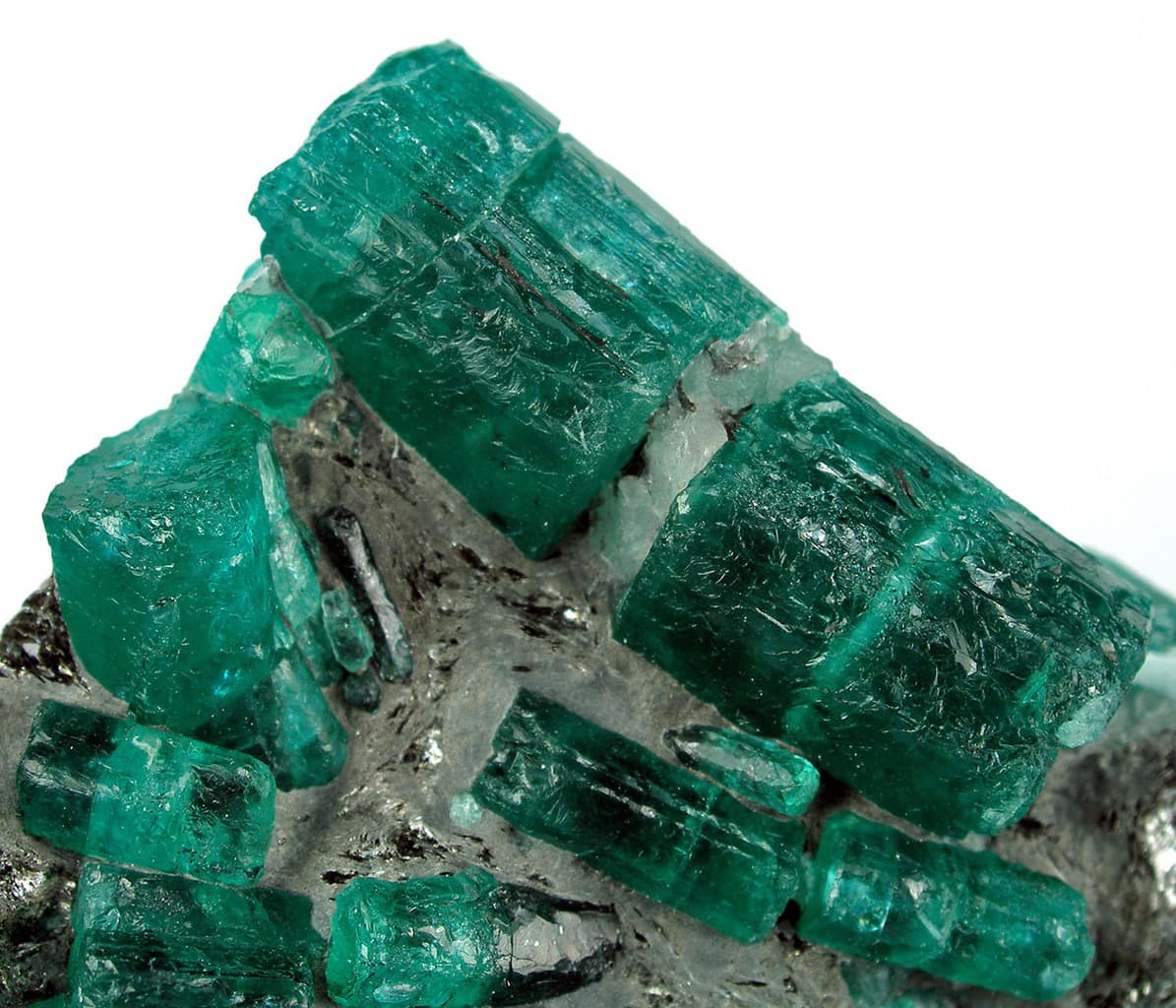
 In short
In short
In Zambia, in Kagem Emerald Mines are found some of the highest quality emeralds in the world. Many tons of gorgeous emeralds are here, ready to supply world gemstone markets for decades to come.
 39.8%
39.8%
GPS coordinates
Gemstones
Map of the site
If you see this after your page is loaded completely, leafletJS files are missing.
 In detail
In detail
Emeralds
Emerald is a green, transparent variety of beryl (Be3Al2(SiO3)6), where part of aluminum ions are replaced with chromium ions (sometimes – with vanadium ions).
High-quality, well-faceted emeralds belong to the most expensive gemstones in the world – these stones are rare and it is very hard to work without breaking them. Best quality stones can cost more than 20,000 dollars per carat, good quality emeralds usually are much more expensive than diamonds.
Emeralds are known as noble, royal gemstones since the times of Cleopatra. In many periods of history and in many cultures they have been considered to be the most precious jewels.
Since the late 16th century the world market is dominated by the gorgeous Colombian emeralds – also today more than half of the world’s emeralds are mined in this South American country.
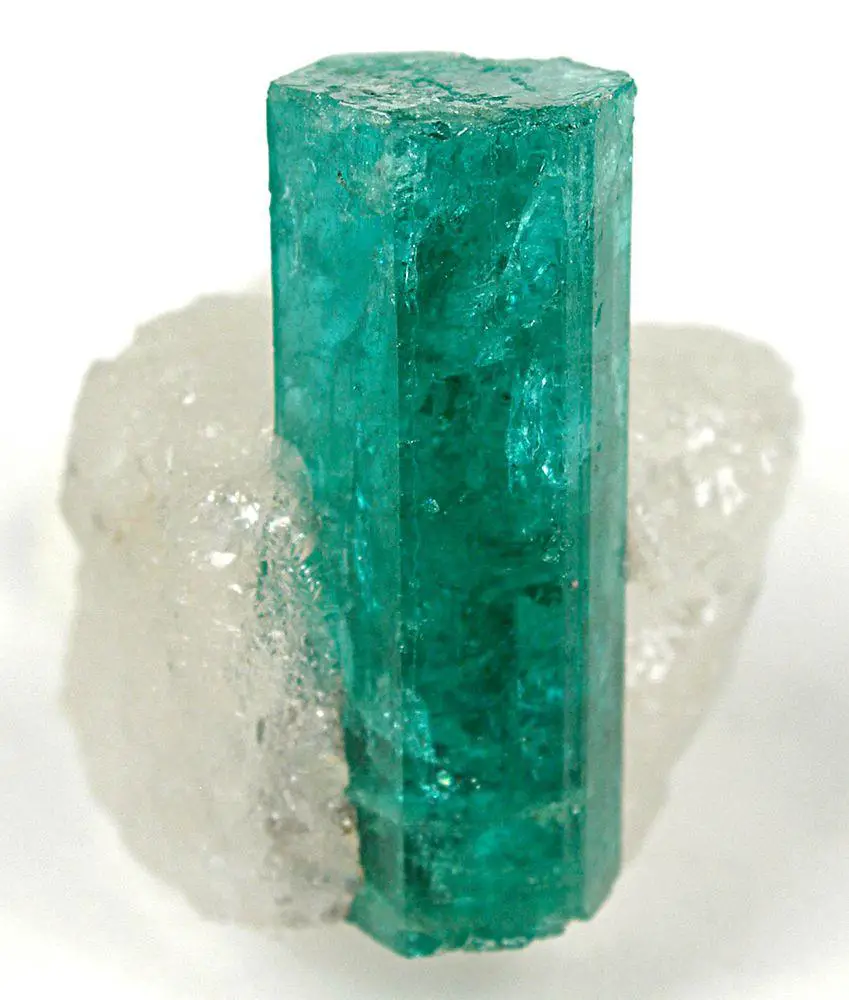
Over the last decades there is arising a strong competitor to Colombian emeralds – Zambian emeralds from Kafubu emerald mines (Kagem Emerald Mines), where are mined 15 – 20% of the world’s emeralds.
Origin
It is considered that the formation of Kagem emeralds started some 450 million years ago. Gorgeous gemstones formed on the contact of two different kinds of rock – pegmatites (Kafubu pegmatite field) and schists.
These beautiful crystals were created by the interaction of beryllium-containing fluids, which were coming from pegmatites and magnesian metabasic schists which contain chromium – a source of the green color.
Zambian emeralds
Colombian emeralds still are considered to be the best ones in the world and are the most expensive ones. But Kagem emeralds are just as good or even better.
Zambian emeralds are less porous and less brittle, have more even color, they do not require artificial improvements. They have specific chemical composition – these emeralds contain much more cesium than emeralds from other locations.
The largest Zambian emerald – a 60 cm long giant – was found in Kamakanga Old Pit in the 1980s. Large crystals tend to have diverse colors – lighter, more yellow in the middle, and deep green – on the rims.
Other interesting minerals
Kagem emerald mines are very rich with tourmaline – which for the most part does not have gemstone quality here. Tourmaline is found as up to 10 cm long, mostly dark crystals of schorl or Fe-dravite (varieties of tourmaline). In some locations (Fwaya-Fwaya) is found also garnet – up to 5 mm large spessartine crystals.
History
Beryls in this area of Zambia were discovered in 1928, in Miku (some 14 km west of the location shown on this page). Initially, there was not much excitement – the beryls were not too beautiful.
Small-scale mining and exploration in this area continued and in the 1950s on markets appeared first Zambian emeralds. In the 1970s the quality of Kagem emeralds was appreciated and large-scale mining was started.
Chaotic, often illegal mining activities continued in this area until the government of Zambia declared a restricted zone here. In the 1980s there was established government control over the mining activities and the company Kagem Mining Ltd. (55% owned by the Zambian state) was assigned the rights to explore and mine in this area.
Open pit mining continues in several locations up to this day, but over the last years, there have been started also underground mines.
Geography
Kagem emerald mines are located in sparsely inhabited, remote woodland. Here live mainly miners and their families.
Mines are spread over an area of some 50 km². Kafubu area (named after the Kafubu river which flows through it) has many finds of emeralds – Dabwisa, Kagem – Fibolele (marked in this article), Kagem Fwaya-Fwaya, Grizzly, Kabashila, Kamakanga, Libwente, Miku (the oldest mine, abandoned now), Mitondo, Pioneer, Pirala and many others, but lately are used mostly Kagem, Kamakang, Grizzly mines.
Fair trade emeralds
Contrary to most Colombian emeralds, Zambian emeralds are mined in an environmentally and socially conscious way, bringing benefits to local communities.
In the first half of 2011 there were mined 3.74 tons (!) of emeralds. It is expected that Kagem Emerald Mines will provide many beautiful emeralds for several decades to come.
References
- Antonín V. Seifert, Vladimír Žáček, Stanislav Vrána, Vratislav Pecina, Jiří Zachariáš, J. C. (Hanco) Zwaan. Emerald mineralization in the Kafubu area, Zambia. Bulletin of Geosciences, Vol. 79, No.1, 2004, Czech Geological Survey.
 Linked articles
Linked articles
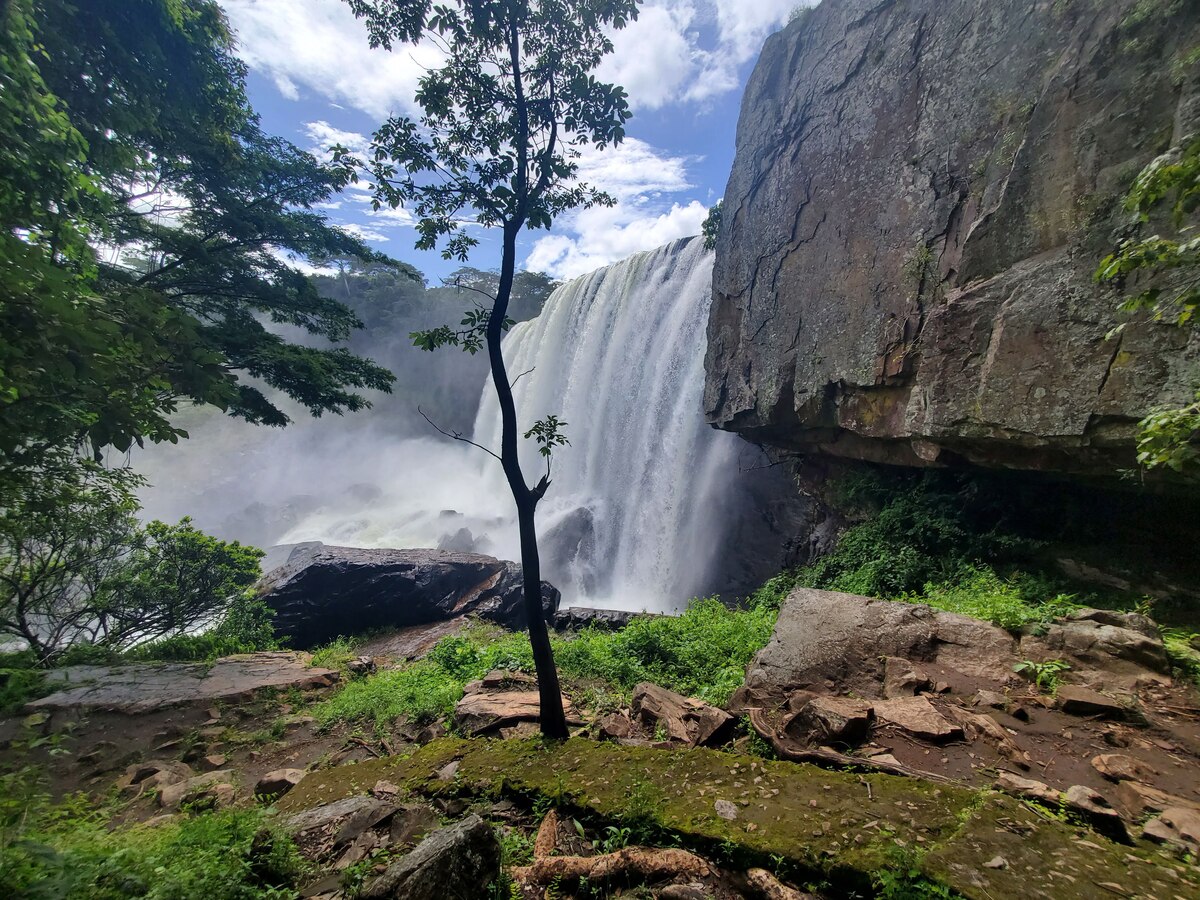
Wonders of Zambia
Highlights of Zambia are waterfalls, including one of the greatest natural monuments of the world – Mosi-oa-Tunya or Victoria Falls. There are countless other impressive waterfalls in the country, such as Kalambo Falls, Lumangwe Falls, and many others. Another highlight is prehistoric rock art. In the country have been found hundreds of sites with prehistoric paintings and engravings. This art shows people and animals, but often also – geometric symbols.
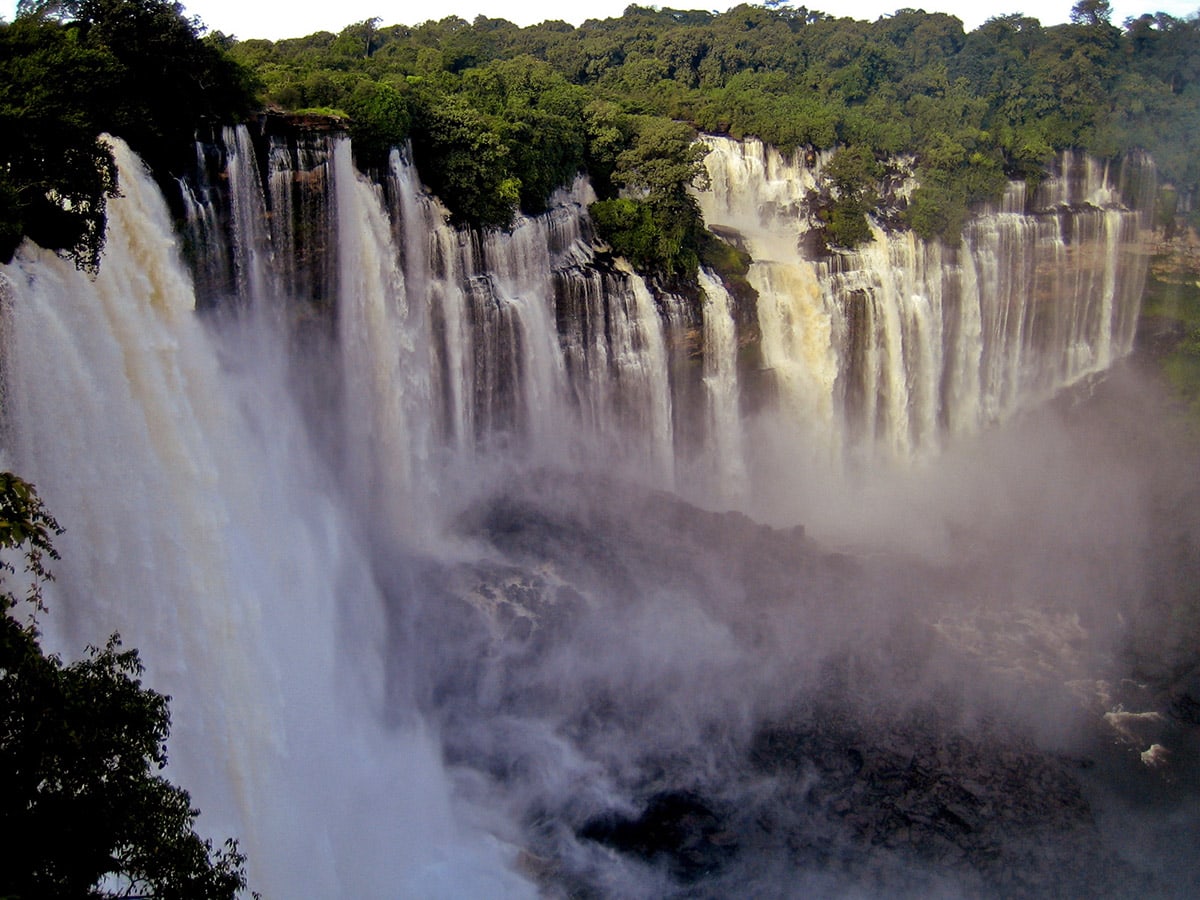
Wonders of Africa
Africa has many outstanding wonders and some of the most surprising ones are the heritage of Egyptian civilization, the vernacular architecture of the Sahel region, tropical ecosystems, and others.
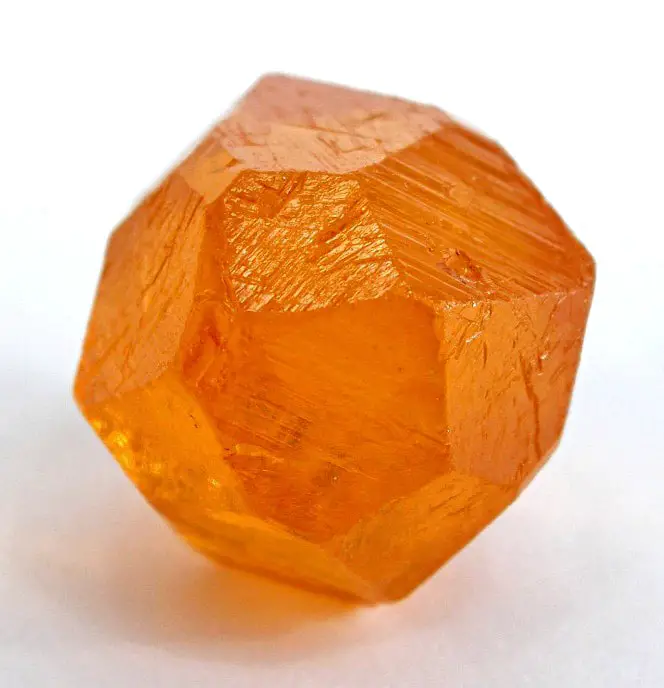
Gemstone finds
Gemstone finds are locations where are found rare and beautiful stones which that can be used for jewelry and have high market value.
Many finds of gemstones, such as jadeite mines in Guatemala or Sar i Sang lapis lazuli mines in Afghanistan – have been used for millennia and are legendary places.
 Recommended books
Recommended books
Gemstones of the World
Following the spectacular success of the first four editions of Gemstones of the World, the revised fifth edition exhibits important updates and a beautiful new cover. All the gemstones ever discovered—now over 1,900—are treated in their many variations. More than 1,500 full-color photos showcase each precious and semiprecious stone in both its rough natural state and its polished and cut renditions.


